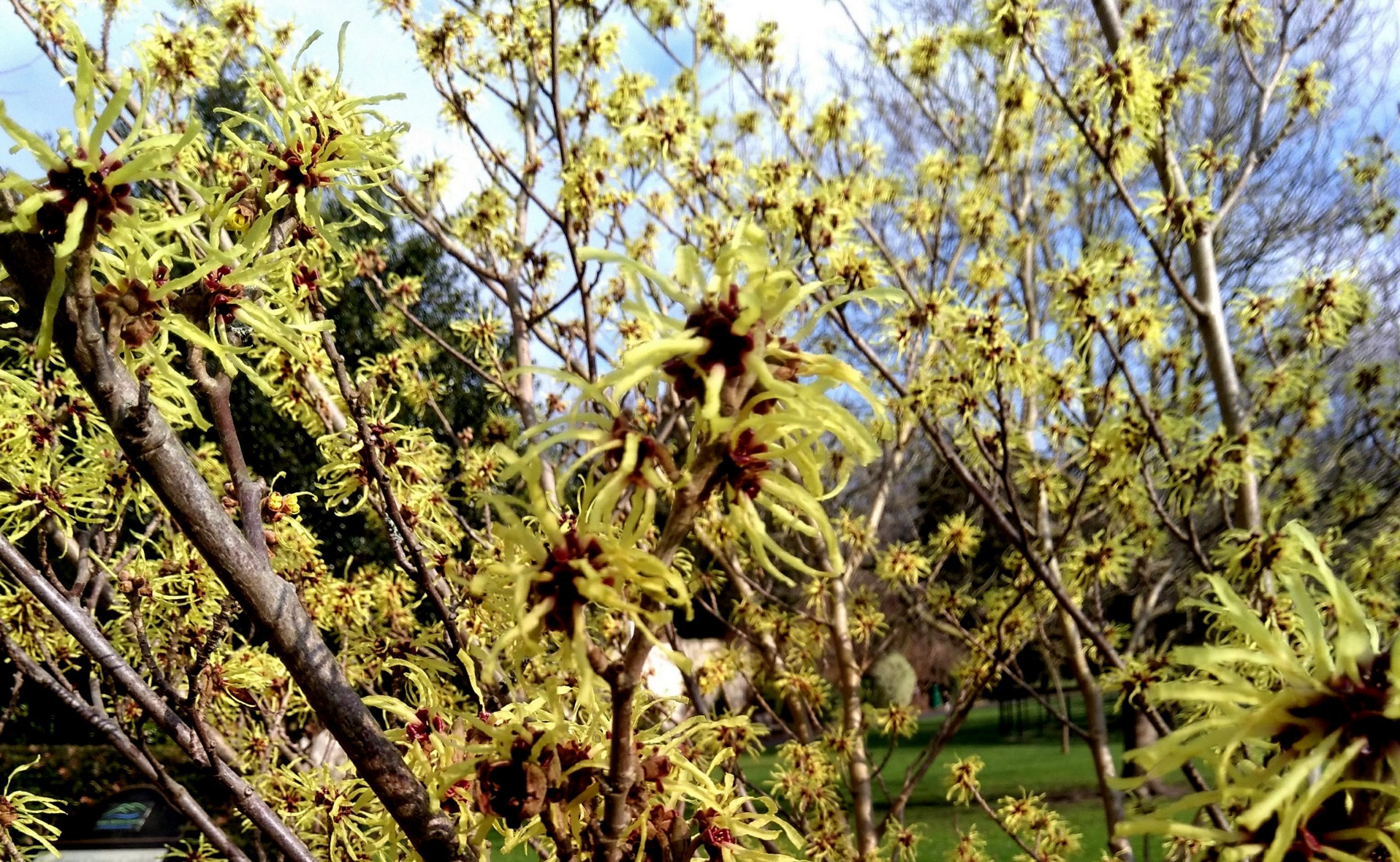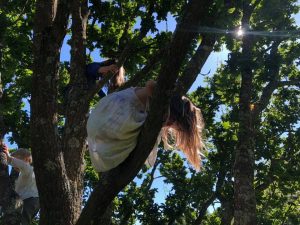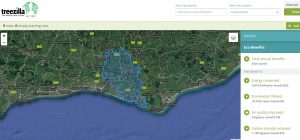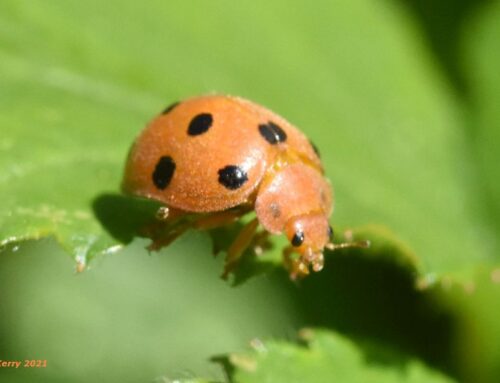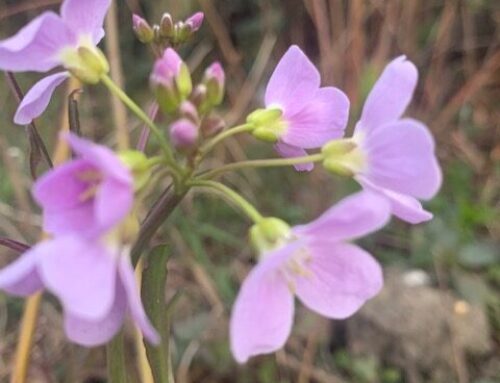Here’s a quiz question for you. How many trees are there in Lewes district? Answer 9. Well that is clearly not true, as our community groups have been very busy planting new trees, and there are lots of older established ones around too, like this beautiful witch hazel in Southover Gardens!
As we know, trees are essential, for us, for wildlife and for the planet. Organisations like the Woodland Trust are helping us plant and protect trees, and restore ancient woodlands.
How do we know how many trees we actually have in our district? What kind of trees are growing here, and are they being cared for? Planting new trees is great, but we really need to protect our oldest trees too. Did you know that a mature oak tree will support over 280 different species of insects! A tree that is a mere hundred years old tree supports a lot less species, and a recently planted acorn has a long way to go!
We are not just talking about trees in the countryside either. More than 80% of the UK population live in towns and cities, and even less is known about our trees in urban areas, even though the tree canopy cover can be greater than the countryside. Trees take in carbon dioxide and absorb air pollution and help reduce flood-risk. Trees also reduce the ‘urban heat island’ effect, making cities cooler in the heat. So they can both help to address the causes of climate change and to mitigate its effects. The average lifespan of an urban tree is substantially less than its rural counterpart, and urban tree-felling in some places greatly exceeds the recommended rate.
Treezilla is a great project which aims to map all our trees. So far only nine have been logged in our district in their website! It would be brilliant if we could get details of all our trees recorded in one place. This fits in well with our project that is already mapping all our green spaces and corridors. Our tree wardens have already been documenting and caring for our trees, so we should have some of these records that can be added. For example in Seaford, the tree wardens have recorded and checked all the elm trees in the town, as part of the project to protect elm trees, and our populations of the white letter hairstreak butterflies that depend on it.
Treezilla was created in 2013, a citizen science project which aiming to map every tree in the UK and make the data publicly-available, with the aim of being a one-stop-shop for urban tree data for use by the public, researchers, government and business. Collating this information, if compiled with consistent methods, allows us to estimate the benefits of urban trees, and find funding support to protect our urban forests.
Through a series of workshops and consultations with the urban tree stakeholder community the project will produce guidelines for carrying out tree surveys with the aim of standardising the way in which urban tree data is collected. Secondly, the project will produce a new optimised Treezilla website and mobile app that will improve the whole data collection process for amateur tree data collectors through to the more experienced data collector.
In November 2019, Treezilla saw the entry of its one millionth tree record in the database. This helps the project calculate benefits including improved air pollution and storm water filtration. What you can’t put a price on, is the value we as individuals get from the trees around us. The local children’s favourite climbing tree, fruit trees harvested by foragers or an ancient oak in a village green all have benefits you can’t put a price on, and we would surely miss them if we lost them. This is another reason to get counting those precious trees!
To help build the Monster Map of Trees, visit the Treezilla website: .
Look out for a new, quicker, slicker site and apps in time for mapping trees next spring / summer 2020! If your community group has tree data to add to the site, or if you are involved in collecting data and interested in contributing to the data standards consultation, contact treezilla@open.ac.uk.
Find out more here:
Why we’re mapping a million trees



